On the cover is Flynn Eldridge.
Flynn Eldridge is in Year 6 and is from NSW, Australia.
He started homeschooling in 2020 as the result of COVID-19 lockdown. Flynn home-schools because of school bullying, claustrophobia from the small space in the classroom, and anxiety from his dyslexia and dysgraphia. Flynn finds reporting fun, sometimes scary, and ultra exciting. Flynn likes to dress up as an old-time reporter and ask a range of questions, as that is his style. Flynn builds loads of different lego creations such as the rainbow, spinning-top microphone he uses in the interview. Flynn loves homeschool because he can be finished by 2pm and have more play time. He learns more, his work is better quality, and Flynn is doing better than his Dad at math!
The January 2023 issue of Dystinct Magazine brings to you:
1) What's Stopping You? - Trying a New Reading Approach - by Donna Hejtmanek (Retired teacher and Founder of Science of Reading—What I Should Have Learned in College FB group) and Mary Rudzinski (Freelance writer, former classroom teacher & outreach educator Mrudzinski.com)
Donna Hejtmanek and Mary Rudzinski describe some of the factors holding back a shift in classroom practices and suggest some steps that can be taken to step off the current dismal trajectory to improve student outcomes.
2) Dystinct Report - by Flynn Eldridge (Journalist at Dystinct.org)
Ten-year-old journalist Flynn Eldridge has a chat with Donna Hejtmanek about her Facebook group, The Science of Reading- What I Should Have Learned in College, and her viewpoints on the Structured Linguistic Literacy approach.
3) Another Way: How Can One Teach Decoding without Rules and Syllable Types? - By Dr Marnie Ginsberg (Literacy Consultant and Founder of Reading Simplified)
Dr Marnie Ginsberg explains the three key principles guiding the pedagogical choice in the Structured Linguistic Literacy Approach to teach learners, including those with dyslexia, skilled decoding without the use of rules and syllable types.
4) Then and Now: How Linguistic Phonics and EBLI have transformed my literacy instruction - By Jennifer Newman (Speech-Language Pathologist and Licensed Reading Specialist)
Jennifer Newman describes the various elements of EBLI instruction and how adopting a shift from Print to Speech to Speech to Print orientation has made a significant difference in her students' acquisition of foundational reading and spelling skills.
5) Supporting Structured Linguistic Literacy at home with games and decodable reading books - By Clair Wilson (Director of Phonic Books Ltd)
Clair Wilson emphasises the importance of step-by-step progression in literacy instruction and lists some engaging ways of reinforcing instruction with games and activities to help beginner and struggling readers along their journey to independent reading.
6) Journey to Structured Linguistic Literacy - by Nicki Prati (Reading tutor, Literacy Advocate, and Creator of the Facebook page, S2P / Linguistic Phonics Exploration)
Nicki Prati shares how Structured Linguistic Literacy helped lift the burden of cognitive overload and lightened the process of learning to read for her daughter, who spent years unsuccessfully trying to achieve mastery using various programs based on Print to Speech approaches.
7) The Dystinct Journey of Flynn Eldridge (Dystinct.org/team/flynn-eldridge/)
The story of how 10-year-old Flynn Eldridge has found his "bright" and "quirky" back after a rough start to school. His parents, Carrie and Anthony Eldridge reveal how they homeschool their neurodiverse children and support them in pursuing their passions.
8) On a Mission - By Nora Chahbazi (Founder, Evidence Based Literacy Instruction, EBLI)
Nora Chahbazi recounts her journey of how she went from being a Neonatal ICU nurse to establishing EBLI and making teaching to read her life's work.
9) How and Why a Structured Linguistic Literacy Approach Closes the Gap Quickly - By Nora Chahbazi (Founder, Evidence Based Literacy Instruction, EBLI)
Nora Chahbazi describes the logic underpinning the efficiency of the Structured Linguistic Literacy approach and demonstrates how it differs from the two other widely known approaches to reading instruction; Balanced Literacy and Traditional Phonics.
10) Journey to Structured Linguistic Literacy - by Julie VanLier (Public School Teacher)
Julie VanLier, a kindergarten teacher at a high-poverty school in Southwest Michigan, shares the story of how her class of 28 students went from "on track for reading failure" to 20 points above the goal when she made the switch from Balanced Literacy to EBLI.
11) The Dystinct Journey of Nancy and Catie Dressel (Teacher, Coach, Consultant, and Founder of BrainDifference.org and President of WI-Reads.org)
The story of Nancy Dressel, a neurodiverse mum who desperately tried to seek help for her children's ongoing challenges with learning difficulties for over a decade. When help finally arrived in the form of a 3-day EBLI workshop, it ended up changing her life too.
12) My Journey Through Literacy Instruction - by Amy Manning (Educator, Reading Interventionist, EBLI tutor, Founder of Iowa Teacher Dyslexia Support Facebook group)
Amy Manning describes her 24-year journey starting with balanced literacy in the early years of her career as a kindergarten teacher to discovering EBLI after setting on a mission to uncover everything there was to know about how a struggling reader learns to become proficient.
13) Will the Real Sight Word Please Stand Up? - By Dr Svetlana Cvetkovic (Reading Specialist)
Dr Svetlana Cvetkovic clarifies the confusion around the term "sight word", explains how sight vocabularies develop, and sheds light on both optimal and nonoptimal instructional practices from a Structured Linguistic Literacy perspective.
14) A Parent Guide to effective practice - by Clare Wood (Literacy Specialist and Founder of LiteracyHill.com)
Clare Wood recommends effective instructional practices aligned with the Structured Linguistic Literacy approach that parents can adopt to help their children systematically learn concepts and skills in tiny sequential steps that lead to mastery over time.
15) Journey to Structured Linguistic Literacy – by Erin Sain (Dentist, Tutor, Reading advocate, Leader at Decoding Dyslexia Summit County and Summit Reading Initiative)
Erin Sain, a dentist by day and reading advocate by night, shares how she discovered the Structured Linguistic Literacy approach in her quest to find an effective and time-efficient instructional method that would help her teach her girls to read.
16) The Dystinct Journey of Ann
The story of Ann, a successful Florida-based marketing executive who struggled to read and write in private all her life until she was recently taught the right way to read using the Structured Linguistic Literacy Approach. Ann now wants to spread awareness for this approach to teaching reading as the price of not talking about sub-literacy is too high.
17) Tips for the best start on the road to literacy - by Dr Jeannine Herron (Research Neuropsychologist, Founder and Director of TalkingFingers.com)
Dr Jeannine Herron discusses the need for children to develop the ability to use the alphabet code independently and provides pointers on how parents and educators can help them establish automatic encoding and decoding skills.
18) Journey to Structured Linguistic Literacy - By Wendy Crick (Literacy Advocate, Author, Reading Interventionist WendyCrick.com)
Wendy Crick, a middle school English teacher, shares her quest to find an answer to her daughter's reading struggles. She tried various reading programs as her daughter's confidence kept dipping with each failed attempt at being taught to read before she finally found success with EBLI.
19) The Dystinct Journey of David Chalk
By 62, David Chalk had seen it all. He was a popular media personality, had built his business empire, made millions, was awarded a doctorate in technology by the University of the Fraser Valley for holding the world's only true patent in cyber security, and was described as having a brilliantly gifted mind. While David conquered the world, he never managed to achieve the only thing he always had truly wanted-To Read Fluently. In 2021, he finally learned to read and did it on camera for everybody to see. David's story is one of many stories featured in the documentary film The Truth About Reading that aims to change the conversation around literacy by highlighting illiteracy, sub-literacy, and learning disabilities, including dyslexia. This article is about how David has finally found joy and peace after 62 years of feeling like an imposter and his plea to parents to help their children find the same joy.
Read the magazine content on the website:
The magazine can be accessed on your mobile and tablet devices. Click the link below to access the Dystinct Magazine.

On the cover is Flynn Eldridge.
Flynn Eldridge is in Year 6 and is from NSW, Australia.
He started homeschooling in 2020 as the result of COVID-19 lockdown. Flynn home-schools because of school bullying, claustrophobia from the small space in the classroom, and anxiety from his dyslexia and dysgraphia. Flynn finds reporting fun, sometimes scary, and ultra exciting. Flynn likes to dress up as an old-time reporter and ask a range of questions, as that is his style. Flynn builds loads of different lego creations such as the rainbow, spinning-top microphone he uses in the interview. Flynn loves homeschool because he can be finished by 2pm and have more play time. He learns more, his work is better quality, and Flynn is doing better than his Dad at math!
The January 2023 issue of Dystinct Magazine brings to you:
1) What's Stopping You? - Trying a New Reading Approach - by Donna Hejtmanek (Retired teacher and Founder of Science of Reading—What I Should Have Learned in College FB group) and Mary Rudzinski (Freelance writer, former classroom teacher & outreach educator Mrudzinski.com)
Donna Hejtmanek and Mary Rudzinski describe some of the factors holding back a shift in classroom practices and suggest some steps that can be taken to step off the current dismal trajectory to improve student outcomes.
2) Dystinct Report - by Flynn Eldridge (Journalist at Dystinct.org)
Ten-year-old journalist Flynn Eldridge has a chat with Donna Hejtmanek about her Facebook group, The Science of Reading- What I Should Have Learned in College, and her viewpoints on the Structured Linguistic Literacy approach.
3) Another Way: How Can One Teach Decoding without Rules and Syllable Types? - By Dr Marnie Ginsberg (Literacy Consultant and Founder of Reading Simplified)
Dr Marnie Ginsberg explains the three key principles guiding the pedagogical choice in the Structured Linguistic Literacy Approach to teach learners, including those with dyslexia, skilled decoding without the use of rules and syllable types.
4) Then and Now: How Linguistic Phonics and EBLI have transformed my literacy instruction - By Jennifer Newman (Speech-Language Pathologist and Licensed Reading Specialist)
Jennifer Newman describes the various elements of EBLI instruction and how adopting a shift from Print to Speech to Speech to Print orientation has made a significant difference in her students' acquisition of foundational reading and spelling skills.
5) Supporting Structured Linguistic Literacy at home with games and decodable reading books - By Clair Wilson (Director of Phonic Books Ltd)
Clair Wilson emphasises the importance of step-by-step progression in literacy instruction and lists some engaging ways of reinforcing instruction with games and activities to help beginner and struggling readers along their journey to independent reading.
6) Journey to Structured Linguistic Literacy - by Nicki Prati (Reading tutor, Literacy Advocate, and Creator of the Facebook page, S2P / Linguistic Phonics Exploration)
Nicki Prati shares how Structured Linguistic Literacy helped lift the burden of cognitive overload and lightened the process of learning to read for her daughter, who spent years unsuccessfully trying to achieve mastery using various programs based on Print to Speech approaches.
7) The Dystinct Journey of Flynn Eldridge (Dystinct.org/team/flynn-eldridge/)
The story of how 10-year-old Flynn Eldridge has found his "bright" and "quirky" back after a rough start to school. His parents, Carrie and Anthony Eldridge reveal how they homeschool their neurodiverse children and support them in pursuing their passions.
8) On a Mission - By Nora Chahbazi (Founder, Evidence Based Literacy Instruction, EBLI)
Nora Chahbazi recounts her journey of how she went from being a Neonatal ICU nurse to establishing EBLI and making teaching to read her life's work.
9) How and Why a Structured Linguistic Literacy Approach Closes the Gap Quickly - By Nora Chahbazi (Founder, Evidence Based Literacy Instruction, EBLI)
Nora Chahbazi describes the logic underpinning the efficiency of the Structured Linguistic Literacy approach and demonstrates how it differs from the two other widely known approaches to reading instruction; Balanced Literacy and Traditional Phonics.
10) Journey to Structured Linguistic Literacy - by Julie VanLier (Public School Teacher)
Julie VanLier, a kindergarten teacher at a high-poverty school in Southwest Michigan, shares the story of how her class of 28 students went from "on track for reading failure" to 20 points above the goal when she made the switch from Balanced Literacy to EBLI.
11) The Dystinct Journey of Nancy and Catie Dressel (Teacher, Coach, Consultant, and Founder of BrainDifference.org and President of WI-Reads.org)
The story of Nancy Dressel, a neurodiverse mum who desperately tried to seek help for her children's ongoing challenges with learning difficulties for over a decade. When help finally arrived in the form of a 3-day EBLI workshop, it ended up changing her life too.
12) My Journey Through Literacy Instruction - by Amy Manning (Educator, Reading Interventionist, EBLI tutor, Founder of Iowa Teacher Dyslexia Support Facebook group)
Amy Manning describes her 24-year journey starting with balanced literacy in the early years of her career as a kindergarten teacher to discovering EBLI after setting on a mission to uncover everything there was to know about how a struggling reader learns to become proficient.
13) Will the Real Sight Word Please Stand Up? - By Dr Svetlana Cvetkovic (Reading Specialist)
Dr Svetlana Cvetkovic clarifies the confusion around the term "sight word", explains how sight vocabularies develop, and sheds light on both optimal and nonoptimal instructional practices from a Structured Linguistic Literacy perspective.
14) A Parent Guide to effective practice - by Clare Wood (Literacy Specialist and Founder of LiteracyHill.com)
Clare Wood recommends effective instructional practices aligned with the Structured Linguistic Literacy approach that parents can adopt to help their children systematically learn concepts and skills in tiny sequential steps that lead to mastery over time.
15) Journey to Structured Linguistic Literacy – by Erin Sain (Dentist, Tutor, Reading advocate, Leader at Decoding Dyslexia Summit County and Summit Reading Initiative)
Erin Sain, a dentist by day and reading advocate by night, shares how she discovered the Structured Linguistic Literacy approach in her quest to find an effective and time-efficient instructional method that would help her teach her girls to read.
16) The Dystinct Journey of Ann
The story of Ann, a successful Florida-based marketing executive who struggled to read and write in private all her life until she was recently taught the right way to read using the Structured Linguistic Literacy Approach. Ann now wants to spread awareness for this approach to teaching reading as the price of not talking about sub-literacy is too high.
17) Tips for the best start on the road to literacy - by Dr Jeannine Herron (Research Neuropsychologist, Founder and Director of TalkingFingers.com)
Dr Jeannine Herron discusses the need for children to develop the ability to use the alphabet code independently and provides pointers on how parents and educators can help them establish automatic encoding and decoding skills.
18) Journey to Structured Linguistic Literacy - By Wendy Crick (Literacy Advocate, Author, Reading Interventionist WendyCrick.com)
Wendy Crick, a middle school English teacher, shares her quest to find an answer to her daughter's reading struggles. She tried various reading programs as her daughter's confidence kept dipping with each failed attempt at being taught to read before she finally found success with EBLI.
19) The Dystinct Journey of David Chalk
By 62, David Chalk had seen it all. He was a popular media personality, had built his business empire, made millions, was awarded a doctorate in technology by the University of the Fraser Valley for holding the world's only true patent in cyber security, and was described as having a brilliantly gifted mind. While David conquered the world, he never managed to achieve the only thing he always had truly wanted-To Read Fluently. In 2021, he finally learned to read and did it on camera for everybody to see. David's story is one of many stories featured in the documentary film The Truth About Reading that aims to change the conversation around literacy by highlighting illiteracy, sub-literacy, and learning disabilities, including dyslexia. This article is about how David has finally found joy and peace after 62 years of feeling like an imposter and his plea to parents to help their children find the same joy.
Read the magazine content on the website:
The magazine can be accessed on your mobile and tablet devices. Click the link below to access the Dystinct Magazine.
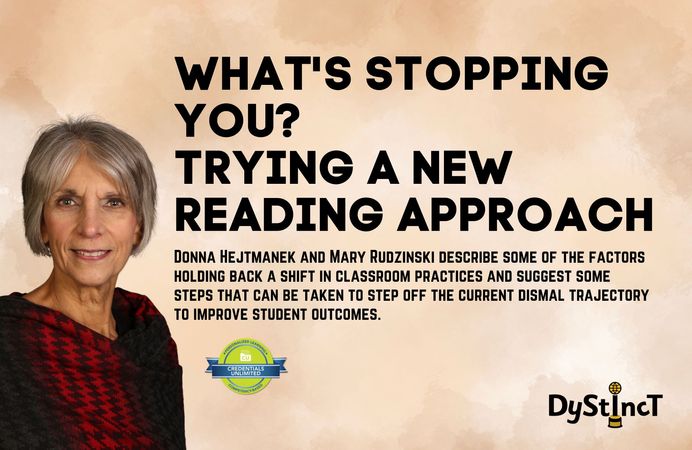
Donna Hejtmanek and Mary Rudzinski describe some of the factors holding back a shift in classroom practices and suggest some steps that can be taken to step off the current dismal trajectory to improve student outcomes.
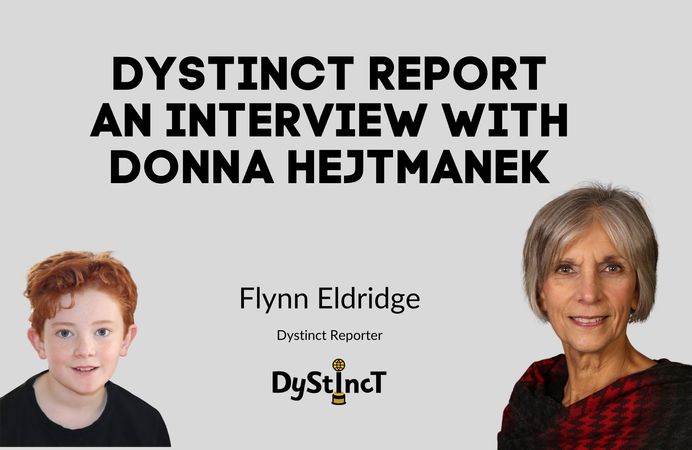
Ten-year-old journalist Flynn Eldridge has a chat with Donna Hejtmanek about her Facebook group, The Science of Reading- What I Should Have Learned in College, and her viewpoints on the Structured Linguistic Literacy approach.
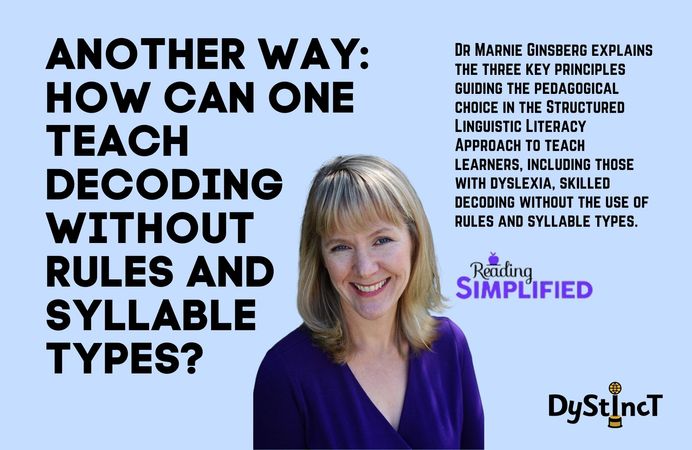
Dr Marnie Ginsberg explains the three key principles guiding the pedagogical choice in the Structured Linguistic Literacy Approach to teach learners, including those with dyslexia, skilled decoding without the use of rules and syllable types.
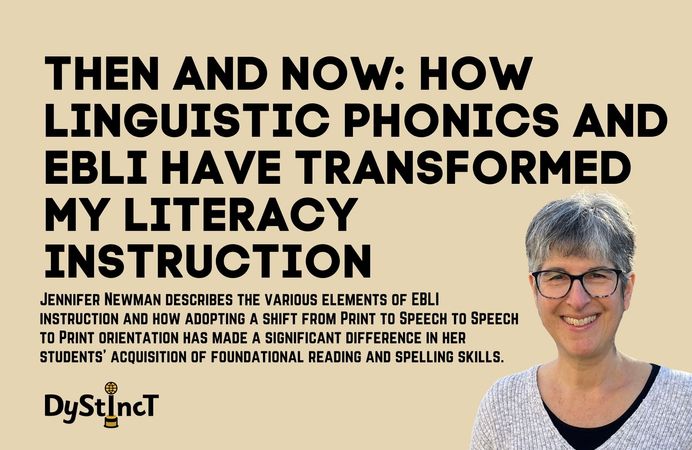
Jennifer Newman describes the various elements of EBLI instruction and how adopting a shift from Print to Speech to Speech to Print orientation has made a significant difference in her students' acquisition of foundational reading and spelling skills.
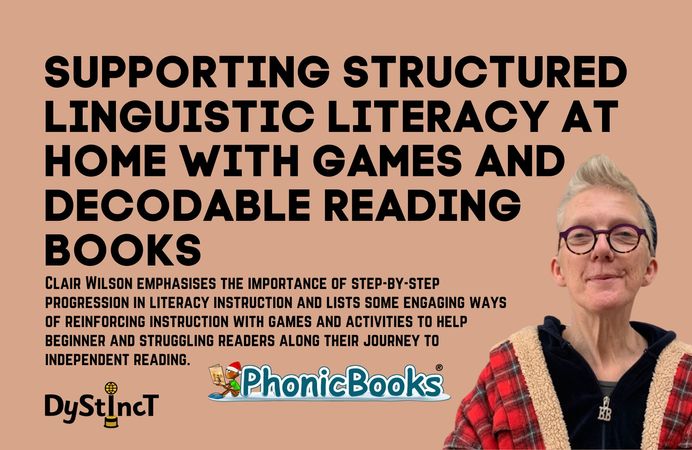
Clair Wilson emphasises the importance of step-by-step progression in literacy instruction and lists some engaging ways of reinforcing instruction with games and activities to help beginner and struggling readers along their journey to independent reading.
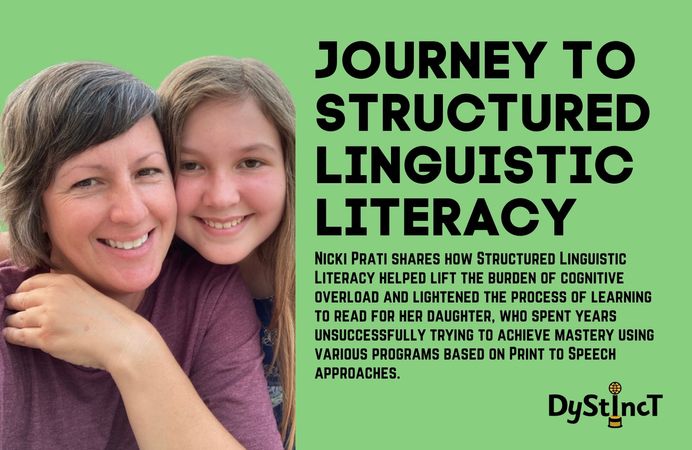
Nicki Prati shares how Structured Linguistic Literacy helped lift the burden of cognitive overload and lightened the process of learning to read for her daughter, who spent years unsuccessfully trying to achieve mastery using various programs based on Print to Speech approaches.
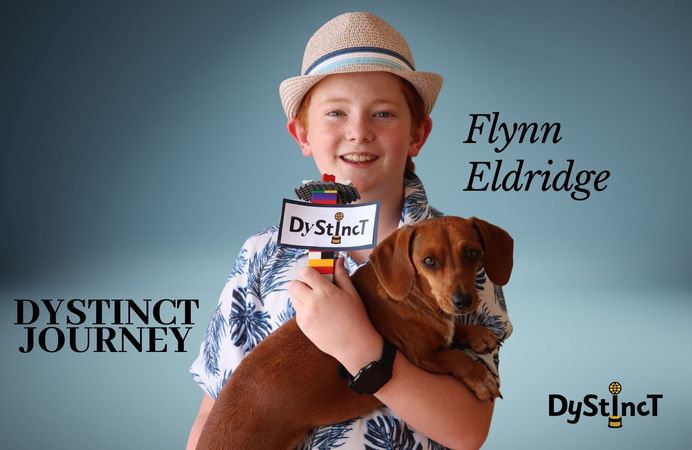
The story of how 10-year-old Flynn Eldridge has found his "bright" and "quirky" back after a rough start to school. His parents, Carrie and Anthony Eldridge reveal how they homeschool their neurodiverse children and support them in pursuing their passions.
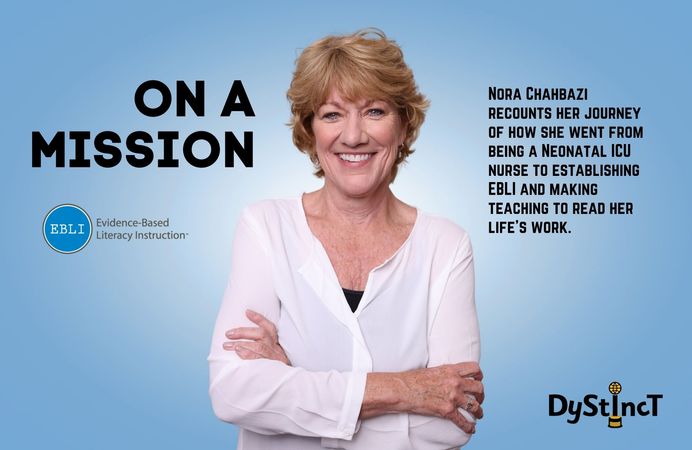
Nora Chahbazi recounts her journey of how she went from being a Neonatal ICU nurse to establishing EBLI and making teaching to read her life's work.
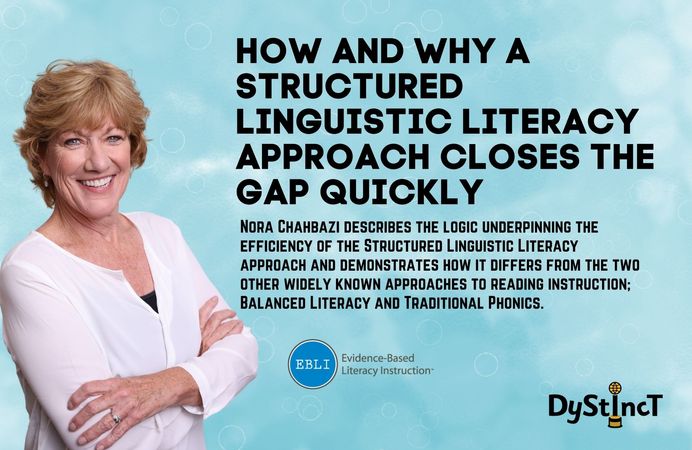
Nora Chahbazi describes the logic underpinning the efficiency of the Structured Linguistic Literacy approach and demonstrates how it differs from the two other widely known approaches to reading instruction; Balanced Literacy and Traditional Phonics.
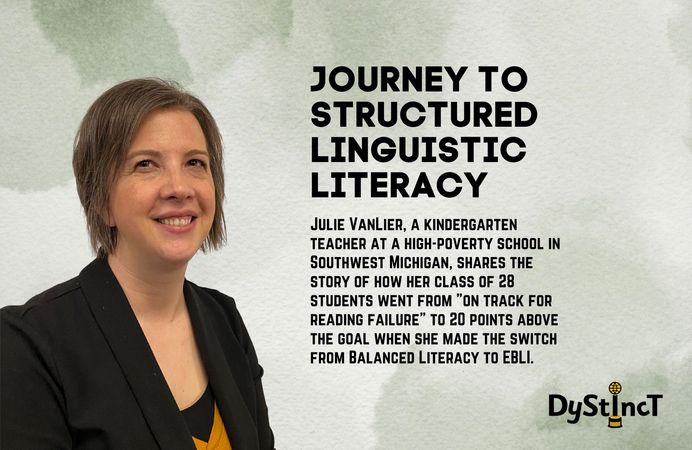
Julie VanLier, a kindergarten teacher at a high-poverty school in Southwest Michigan, shares the story of how her class of 28 students went from "on track for reading failure" to 20 points above the goal when she made the switch from Balanced Literacy to EBLI.
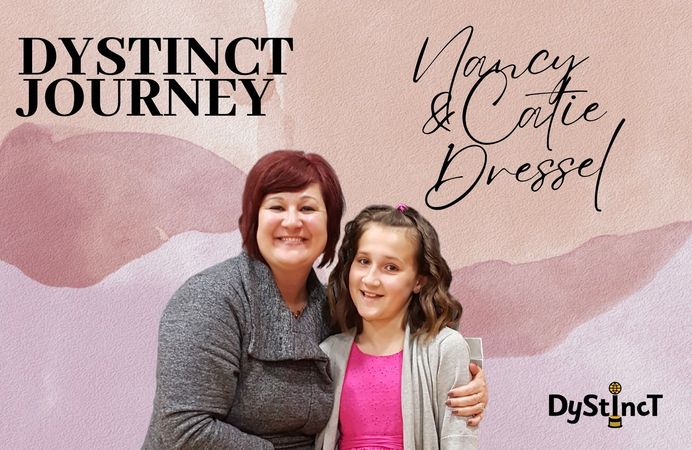
The story of Nancy Dressel, a neurodiverse mum who desperately tried to seek help for her children's ongoing challenges with learning difficulties for over a decade. When help finally arrived in the form of a 3-day EBLI workshop, it ended up changing her life too.
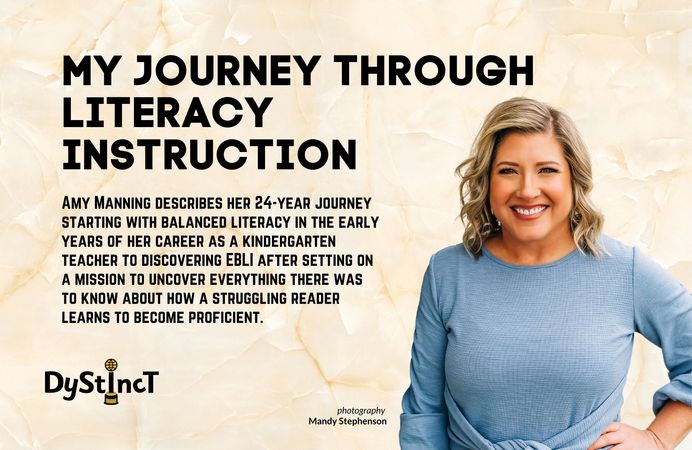
Amy Manning describes her 24-year journey starting with balanced literacy in the early years of her career as a kindergarten teacher to discovering EBLI after setting on a mission to uncover everything there was to know about how a struggling reader learns to become proficient.
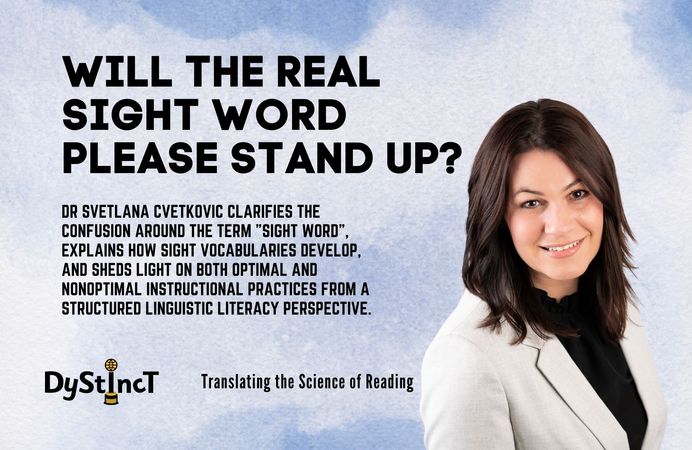
Dr Svetlana Cvetkovic clarifies the confusion around the term "sight word", explains how sight vocabularies develop, and sheds light on both optimal and nonoptimal instructional practices from a Structured Linguistic Literacy perspective.

Clare Wood recommends effective instructional practices aligned with the Structured Linguistic Literacy approach that parents can adopt to help their children systematically learn concepts and skills in tiny sequential steps that lead to mastery over time.
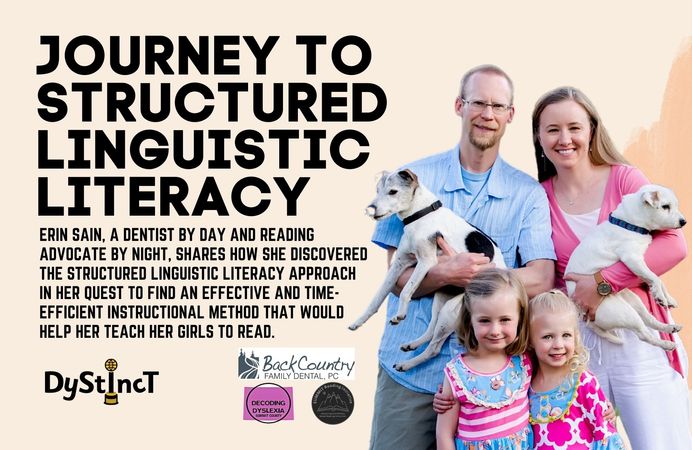
Erin Sain, a dentist by day and reading advocate by night, shares how she discovered the Structured Linguistic Literacy approach in her quest to find an effective and time-efficient instructional method that would help her teach her girls to read.
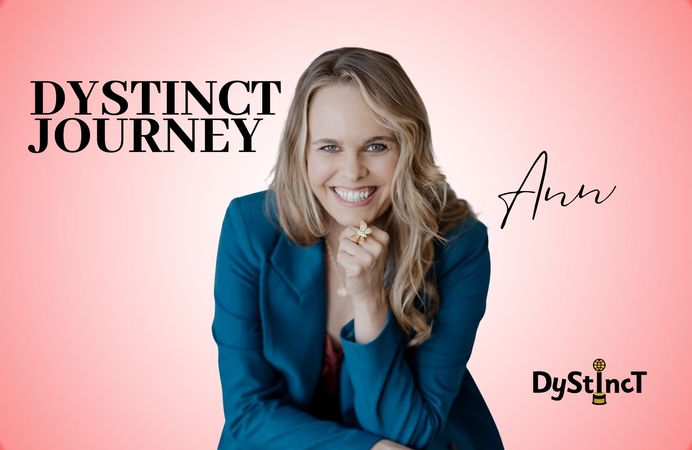
The story of Ann, a successful Florida-based marketing executive who struggled to read and write in private all her life until she was recently taught the right way to read using the Structured Linguistic Literacy Approach.
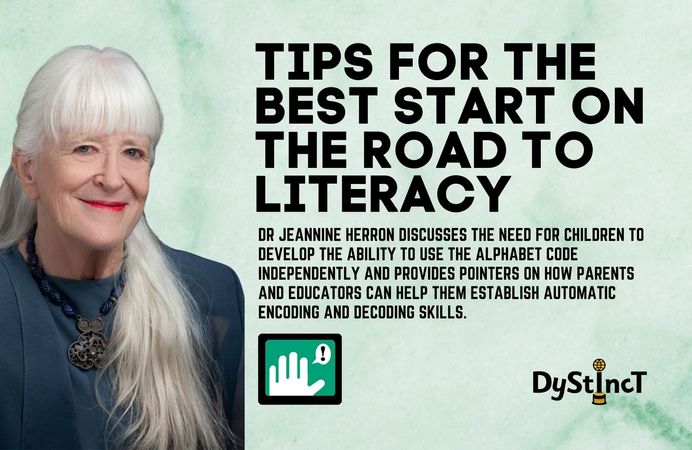
Dr Jeannine Herron discusses the need for children to develop the ability to use the alphabet code independently and provides pointers on how parents and educators can help them establish automatic encoding and decoding skills.
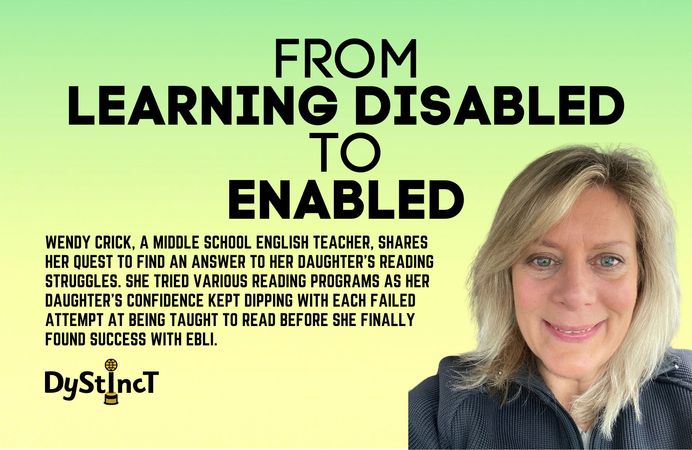
Wendy Crick, a middle school English teacher, shares her quest to find an answer to her daughter's reading struggles. She tried various reading programs as her daughter's confidence kept dipping with each failed attempt at being taught to read before she finally found success with EBLI.
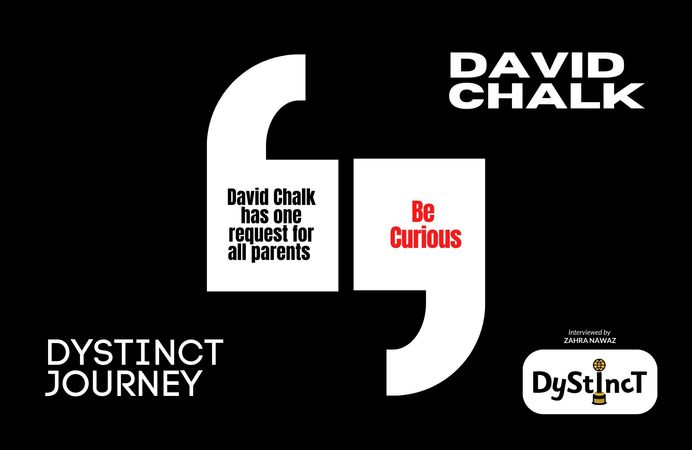
By 62, David Chalk had seen it all. While David conquered the world, he never managed to achieve the only thing he always had truly wanted-To Read Fluently. In 2021, he finally learned to read and did it on camera for everybody to see.

Join the newsletter to receive the latest updates in your inbox.